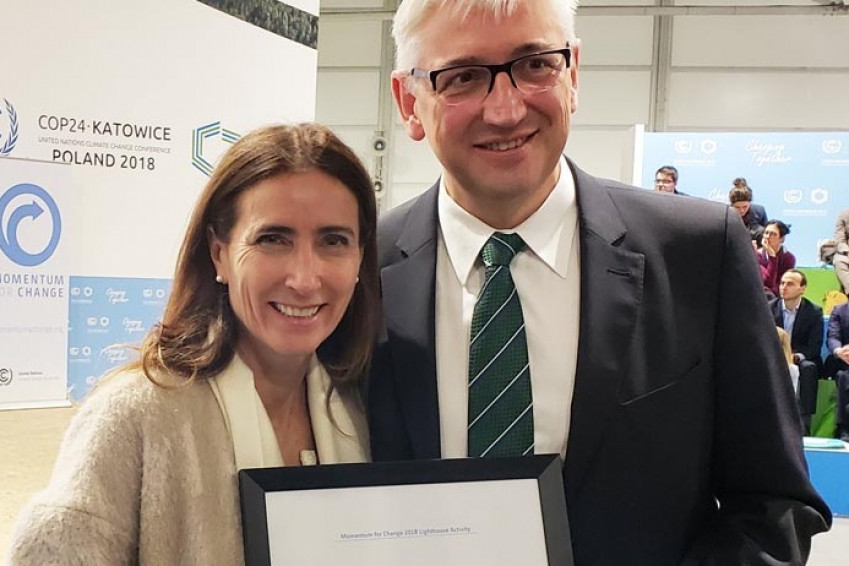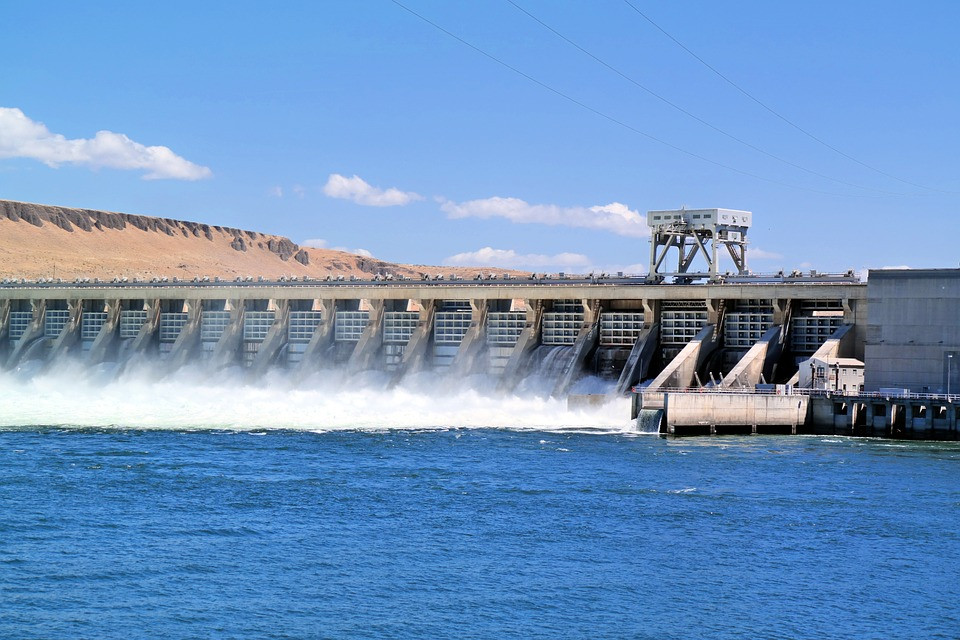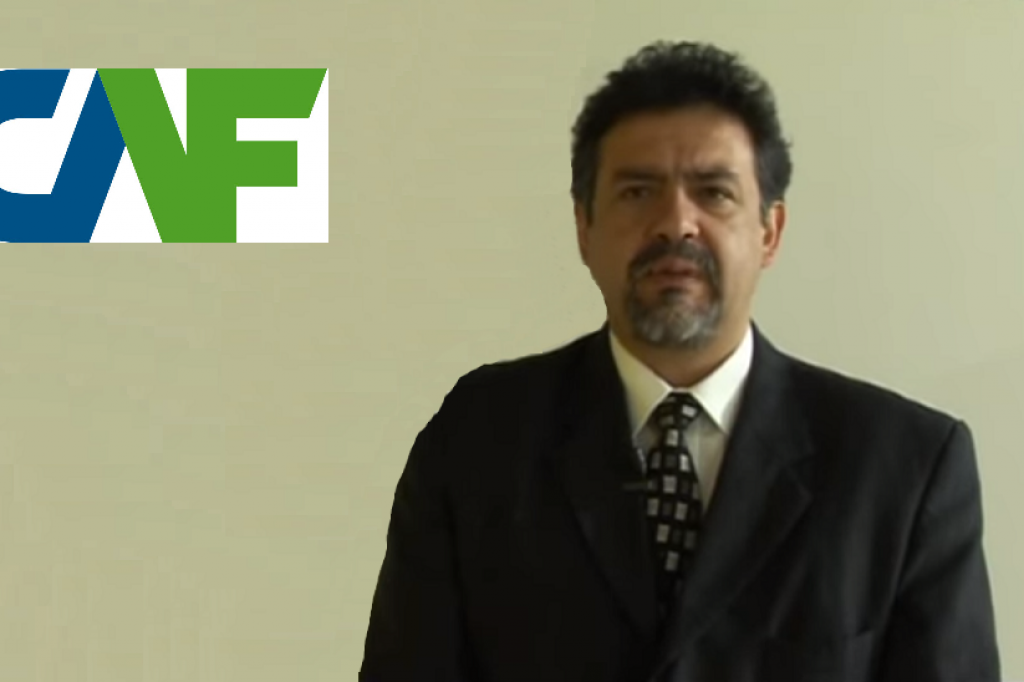Latin America needs to allocate 5% of its GDP over the next decade to improve transport, energy and telecommunications systems. Specialists, civil servants, technicians and businessmen agree that Latin America has to find the means for heavy infrastructure investments in the coming years to catch up on the rest of the world.
Although the reality of each of the Latin American countries is quite different, the average investment in the last 30 years was around 2.2% of GDP. This is slightly below the average of 3.3% that occurred in the 80s. This is why Latin America faces the challenge of increasing investment without triggering debt by opting for public-private investments that allow these infrastructures to go on developing without subjecting public accounts to added stress.
In Latin America, there is a significant lack of railway infrastructure throughout the region, which hobbles both passenger and freight transport. Because of this, there are concrete investment opportunities in rail freight to develop projects that improve competitiveness and reduce the transit of products.
According to experts, at the same time the composition of the road network, the paved road network is quite small - there are many dirt roads and the like.
Given that world trade moves by sea, having competitive port infrastructure is crucially important for different world regions, particularly in countries that have to expand their exports in the coming years, and In this respect in Latin America the network of port infrastructure, except for Panama, does not have a great reputation either.
Regarding investments in energy production, the great opportunity is the development of alternative energy, clean energy such as solar and wind. It is in this energy mix where there are great opportunities in the Latin American area.
In the telecommunications sector, broadband provides great potential given that in some countries of Central America its implementation is below 20 households per 100 inhabitants. Mobile telephony has grown due to the lack of fixed telephony infrastructure implementation.
A study by The Economist where Latin American countries are categorized according to their ability to cope with the necessary investments in infrastructure in the coming years is states that Countries such as Chile, Colombia, Brazil, Jamaica and Peru score highly according to an analysis of its regulation, of its institutions, of the maturity of its market, the investment climate and financing. Nevertheless, speaking of Latin America as a block is not correct, because each country is different and previous detailed studies on the regulatory framework, effective controls, and having good local members paying close attention to communication, particularly non-verbal because the language is not the same.
Experts warn that, to compete in Latin America, companies have to offer added value, having to compete with local entrepreneurs and although the alliance with local partners is essential, they have to know how to choose a good partner, something that is not easy.
It is important to note that confronted with global challenges from now to 2050, local companies in Latin America cannot address everything that needs to be done and the emergence of private investments in the area will be necessary.
THE INTERNATIONAL ACTIVITY 'MADE IN SPAIN' AT INTERNATIONAL LEVEL
In response to the data contained in the last report of June 2019, developed by SEOPAN, the Association of Construction Companies and Infrastructure Concessionaires, which was created in 1957 with the objective of actively promoting infrastructure investment and the promotion of projects with public-private collaboration as decisive elements for competitiveness and economic growth in Spain, the Spanish infrastructure industry is the second in the world in terms of international invoicing, bordering on 67,000 ME, ahead of countries such as France, the United States and Germany. Likewise, the main Spanish concessionaires have accumulated 256,000 ME of investment since 1985.
With a presence in 82 countries, the 11 main Spanish companies in relation to global rankings have undertaken the construction of 21,500 km of motorways under concession. They have dealt with the treatment and collection of waste of 90 million people. The management of 40 airports where 100 million passengers travel per year is in their hands. They deal with the water supply and sanitation networks of 1,300 municipalities with a total population of 65 million inhabitants. Moreover, its turnover in Latin America represents 13% of total revenues.
THE FACTORS OF CHANGE IN INFRAESTRUCTURE FINANCING
The factors of change that will condition infrastructure financing in the coming years will focus on the management of natural resources, demographic changes, technological innovation and the geopolitical environment.
Water stress -that is to say, the demand for water- will exceed 40% of available natural resources and will affect 50% of the world's population by 2030.
Combined with the growth of the world population of 50% by 2050, all this will be an unprecedented agri-food challenge. Because of this, water infrastructure will be key to solving it.
In addition, the combination of ageing population, urban population growth and middle class growth will require more urban services and infrastructure. We have to take into account that, according to experts, we expect that 65% of all the population will live in cities by 2050.
New technologies and trends such as autonomous vehicles, collective public transport vehicles and car sharing will require an infrastructure update to maintain business competitiveness.
TOWARDS A NEW MODEL OF PUBLIC-PRIVATE COLLABORATION IN THE GLOBAL INFRAESTRUCTURE LANDSCAPE
Latin America and the Caribbean occupy the 4th position in the ranking of ongoing global strategic projects with $37,000 M at stake. This is, Latin America and the Caribbean will generate 6% of the total activity, where the presence of Spanish companies, and increasingly, Chinese companies that already dominate the Asian and African continent will be prominent.
It is interesting to note that with the latest known data of 2017 the presence of European companies in Latin America and the Caribbean was 54% and of that percentage, 29% of the total were Spanish companies compared to 23% Chinese, 8% American and 5% South Korean.
There have to be agile dispute resolution mechanisms.
The current dispute resolution mechanisms are generally long and inefficient, so options such as recourse to arbitration should be taken into consideration. We need to establish a maximum period for the resolution of disputes not exceeding six months.
In the opinion of SEOPAN, compensation mechanisms should be articulated in case of resolution. The reasons for terminating contracts and mechanisms and, where appropriate, compensation amounts has to be properly assessed.
Finally, the National Evaluation Office (ONE) has to play a fundamental role in analyzing the financial viability of projects, the adequate transfer of risk and compensation mechanisms. It is important that it is independent, transparent and has private sector participation.











